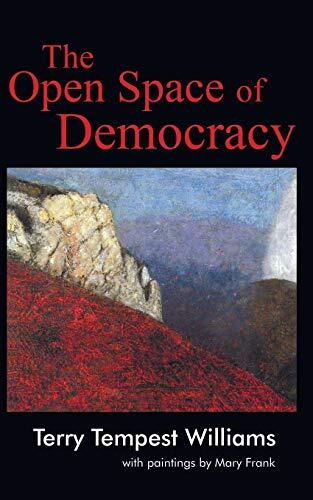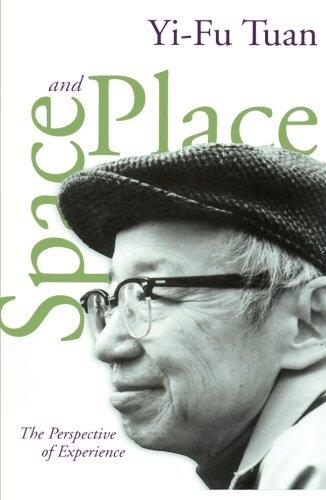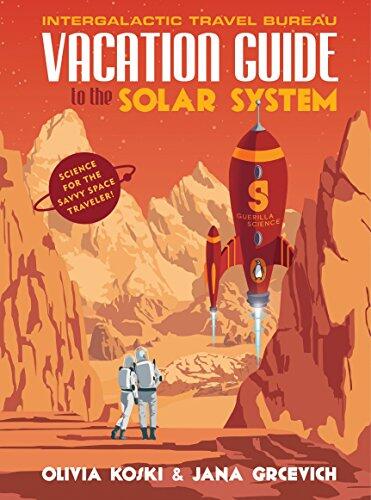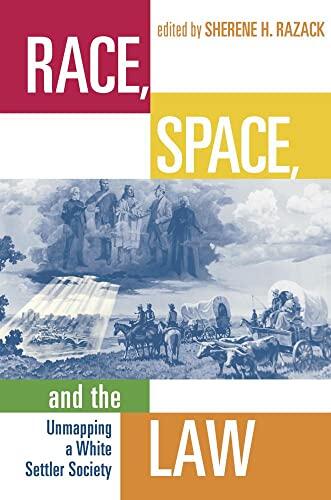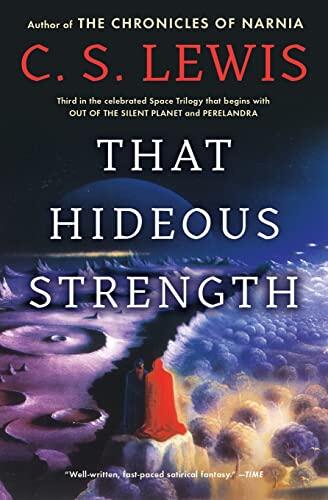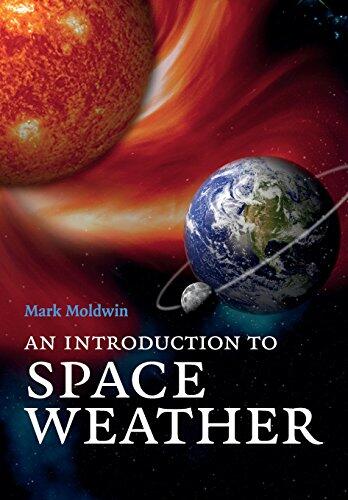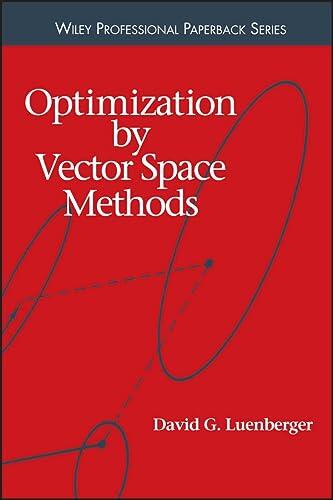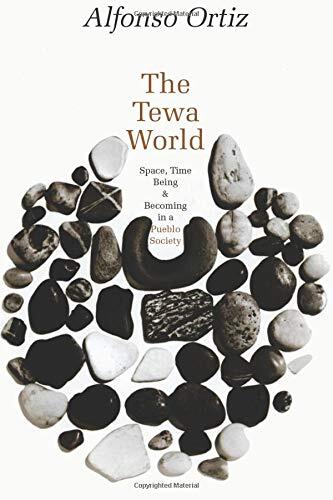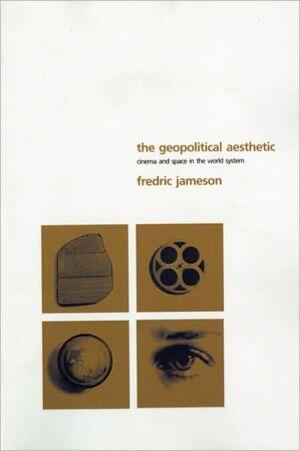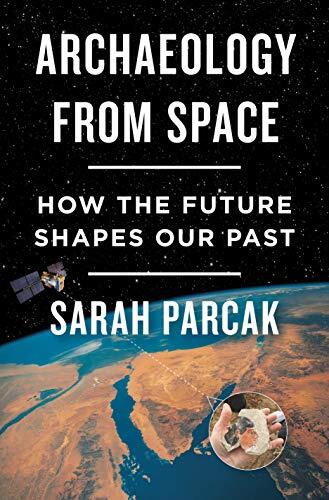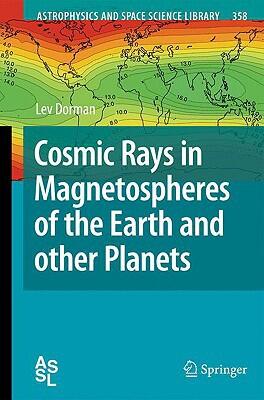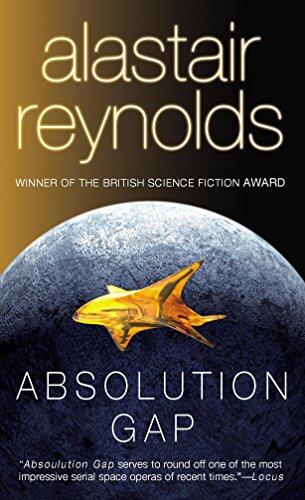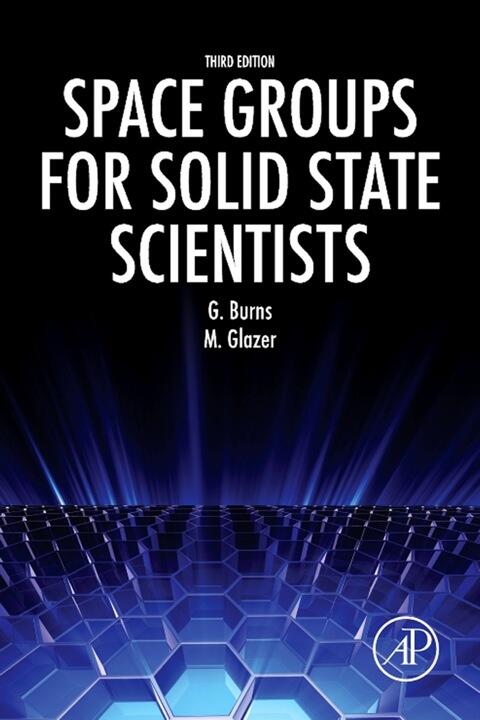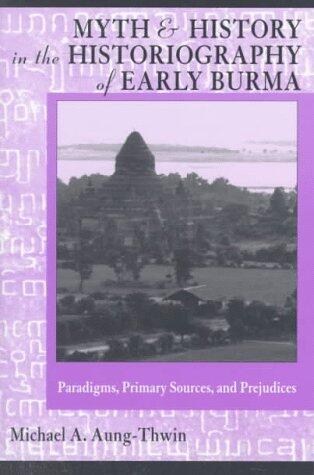
Myth & History In Historiography of Early Burma: Pardigms, Primary Sources and Prejudices
まだ評価がありません
Science & Technology
History
形式
ペーパーバック
ページ数
210
言語
英語
公開されました
Apr 1, 1998
出版社
Ohio University Press
版
1
ISBN-10
0896802019
ISBN-13
9780896802018
説明
Michael A. Aung-Thwin explores the fascinating interplay between myth and history in the historiography of early Burma. Delving into a rich tapestry of narratives, he examines how historical interpretations can be shaped by cultural beliefs and societal norms, often leading to a complex web of understanding. The author argues that the biases inherent in primary sources significantly influence the way history is recorded and understood, prompting readers to reconsider the objectivity of historical accounts.
With a critical eye, Aung-Thwin illuminates various paradigms that have emerged throughout the study of Burmese history. He not only challenges preconceived notions but also unearths the roles these paradigms play in shaping national identity and memory. By meticulously analyzing different perspectives and sources, he highlights the potential pitfalls of historiographical studies that overlook the impact of mythological elements.
This insightful work encourages scholars and enthusiasts of Southeast Asian history to engage with the past in a more nuanced way. It serves as a reminder that history is not a fixed narrative but rather an evolving discourse influenced by the interplay of myth, culture, and political power. Through this lens, readers are invited to reconsider the narratives surrounding early Burma and to appreciate the rich complexities that define its historical landscape.
With a critical eye, Aung-Thwin illuminates various paradigms that have emerged throughout the study of Burmese history. He not only challenges preconceived notions but also unearths the roles these paradigms play in shaping national identity and memory. By meticulously analyzing different perspectives and sources, he highlights the potential pitfalls of historiographical studies that overlook the impact of mythological elements.
This insightful work encourages scholars and enthusiasts of Southeast Asian history to engage with the past in a more nuanced way. It serves as a reminder that history is not a fixed narrative but rather an evolving discourse influenced by the interplay of myth, culture, and political power. Through this lens, readers are invited to reconsider the narratives surrounding early Burma and to appreciate the rich complexities that define its historical landscape.
